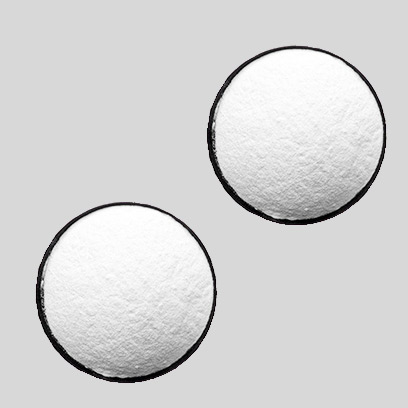
dec . 02, 2024 06:09 Back to list
Comparison of Anatase and Rutile Characteristics in Chinese Minerals and Their Applications
The Significance of China’s Anatase and Rutile in the Global Market
Anatase and rutile are two important crystalline forms of titanium dioxide (TiO2), a compound that plays a pivotal role in various industries, including pigments, coatings, plastics, and solar energy applications. Among the leading producers of titanium dioxide, China stands out due to its vast reserves of these minerals and its advanced extraction and processing technology.
Understanding Anatase and Rutile
Anatase and rutile exhibit distinct physical and chemical properties that make them suitable for different applications. Rutile, with its tetragonal crystal structure, is the more thermodynamically stable form, becoming the preferred choice for high-performance pigments. Its high refractive index and excellent durability contribute to its widespread use in the paint and coatings industry, providing opacity and brightness to finished products.
Anatase, on the other hand, is less stable but is favored in applications requiring photocatalytic properties. Its unique structure allows it to effectively capture and utilize sunlight, making it an ideal candidate for environmental applications such as water purification and air treatment. Additionally, anatase is employed in the production of solar cells, where its efficient electron transfer capabilities can enhance energy conversion.
China’s Dominance in Titanium Production
China is the world’s largest producer of titanium dioxide, leveraging its abundant natural resources and significant investment in mining technology. The country's reserves of rutile and anatase are primarily located in regions such as Jiangxi, Hainan, and Henan, where mining operations benefit from advanced extraction techniques. These areas are characterized by rich deposits of titanium ores, enabling China to meet the growing global demand for titanium dioxide.
In recent years, the demand for titanium dioxide has surged, driven by the expansion of industries such as automotive, construction, and electronics. As countries around the world prioritize sustainable practices, the use of titanium dioxide in eco-friendly products has also gained traction. China’s ability to produce anatase and rutile efficiently positions it as a key player in meeting this demand.
china anatase and rutile

Environmental Considerations and Innovations
Despite the advantages of titanium dioxide, the extraction and processing of these minerals pose environmental challenges. The mining industry has come under scrutiny for practices that can lead to habitat destruction, water pollution, and other ecological impacts. To address these concerns, Chinese companies have started to implement more sustainable mining practices, focusing on minimizing their carbon footprint and restoring ecosystems post-extraction.
Innovation in processing technologies has also played a crucial role in enhancing the sustainability of anatase and rutile production. Advanced methods such as hydrometallurgical processing and the use of non-toxic chemicals are being explored to reduce environmental impact while maintaining high production standards.
The Future of Titanium Dioxide in China
Looking ahead, the future of anatase and rutile production in China appears promising. The country’s commitment to technological advancement and cleaner production methods will likely position it as a leader in the global titanium dioxide market. As consumer preferences shift towards environmentally friendly products, manufacturers are expected to seek out sustainable sources of titanium dioxide.
Additionally, ongoing research into the potential applications of titanium dioxide in nanotechnology and other emerging fields is likely to open new avenues for growth. These advancements may further enhance the performance characteristics of titanium dioxide, solidifying its role in innovative and sustainable solutions.
In summary, China’s production of anatase and rutile not only underscores its importance in the titanium dioxide market but also highlights the interplay between industrial growth and environmental responsibility. With continued investment in sustainable practices and technology, China is poised to maintain its leadership position while addressing global concerns regarding resource consumption and environmental impact.
-
High Quality China Black Iron Oxide Powder Supplier Competitive Price & Fast Delivery
NewsJul.08,2025
-
High Quality Titanium Dioxide Used in Rubber – Trusted Supplier & Factory Price
NewsJul.08,2025
-
High Purity Barium Sulfate Particle Size - Wholesale Manufacturer from China
NewsJul.07,2025
-
Premium Titanium Dioxide Lomon R-996 Supplier – Quality & Wholesale Price from China
NewsJul.07,2025
-
Top Titanium Manufacturers in China - Quality Titanium Dioxide Supplier & Production Line Solutions
NewsJul.06,2025
-
OEM Titanium White Supplier & Factory – High Purity, Consistent Quality for Industrial Use
NewsJul.06,2025
